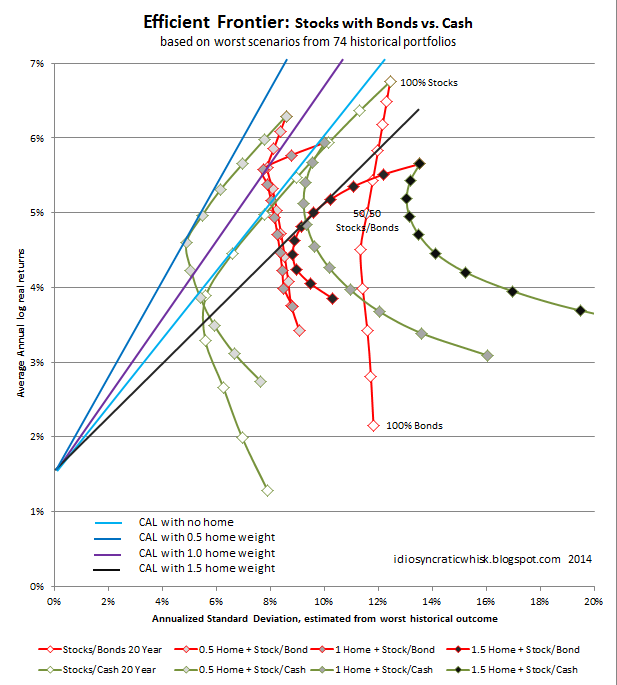5 Things To Consider About Bonds And Asset Allocation
Post on: 1 Апрель, 2015 No Comment

It should be no surprise to anyone that bond investors, on the whole, have experienced significant capital appreciation in recent years. The rise in unrealized capital gains may have caused the bond allocation in your portfolio to reach levels greater than you had planned for. Therefore, within the framework of asset allocation, it wouldn’t be unexpected for a financial advisor to recommend rebalancing your portfolio to keep the allocations between different assets in line with your goals.
In his recent article, The outlook for bonds: Are the good times about to end? Vanguard’s chief economist, Joe Davis, states, If you’re comfortable with your current allocation to bondsyou might be well advised to do nothing at all. But if the bond market’s recent run has caused your bond allocation to surge beyond your preferred target, it may be a good time to rebalance back toward equities.
I’m tempted to address the fact that Davis seems to imply that a diversified portfolio only falls within a stocks and bonds framework, rather than including other assets, such as gold, real estate, or even peer-to-peer lending. However, his statement reminded me of something else I’d like to address: the fact that investors are often nudged in the direction of reallocating their portfolios simply because of price appreciation, without adequate consideration as to why they own certain assets.
For example, if you own a number of individual bonds strictly for the income and not for the purpose of capturing capital appreciation, should you really sell some of those bonds and allocate the money elsewhere simply because the bond is trading well over par? Or, if you are an investor willing and able to hold bonds to maturity, should you ignore the unrealized price appreciation and instead mark the bonds to their face value (100 cents on the dollar)?
In today’s interest rate environment, would you give up a 5.60% coupon, long-term International Business Machines (NYSE:IBM ) bond you purchased at par (CUSIP 459200GS4), simply because the bond is now bidding around 136? Is it worth collecting six to seven years’ worth of interest in the form of a capital gain and giving up the remaining 20 years of a 5.60% coupon? For the long-term bond investor more concerned with income than with the mark-to-market value of the bond allocation in his or her portfolio, this might not make sense. Yet, financial industry pundits marking the bond to market, rather than to maturity, might urge you to do so in order to keep your asset allocation constant.
To further examine what I am talking about, let’s say an investor acquired the bonds in the table below, at par, over a number of years. Today, the bond allocation in that investor’s portfolio now exceeds the allocation’s original target range by several percentage points. The rise in the bond allocation was due to mark-to-market accounting.
Here’s a look at the individual bond holdings purchased at par in this hypothetical portfolio:














